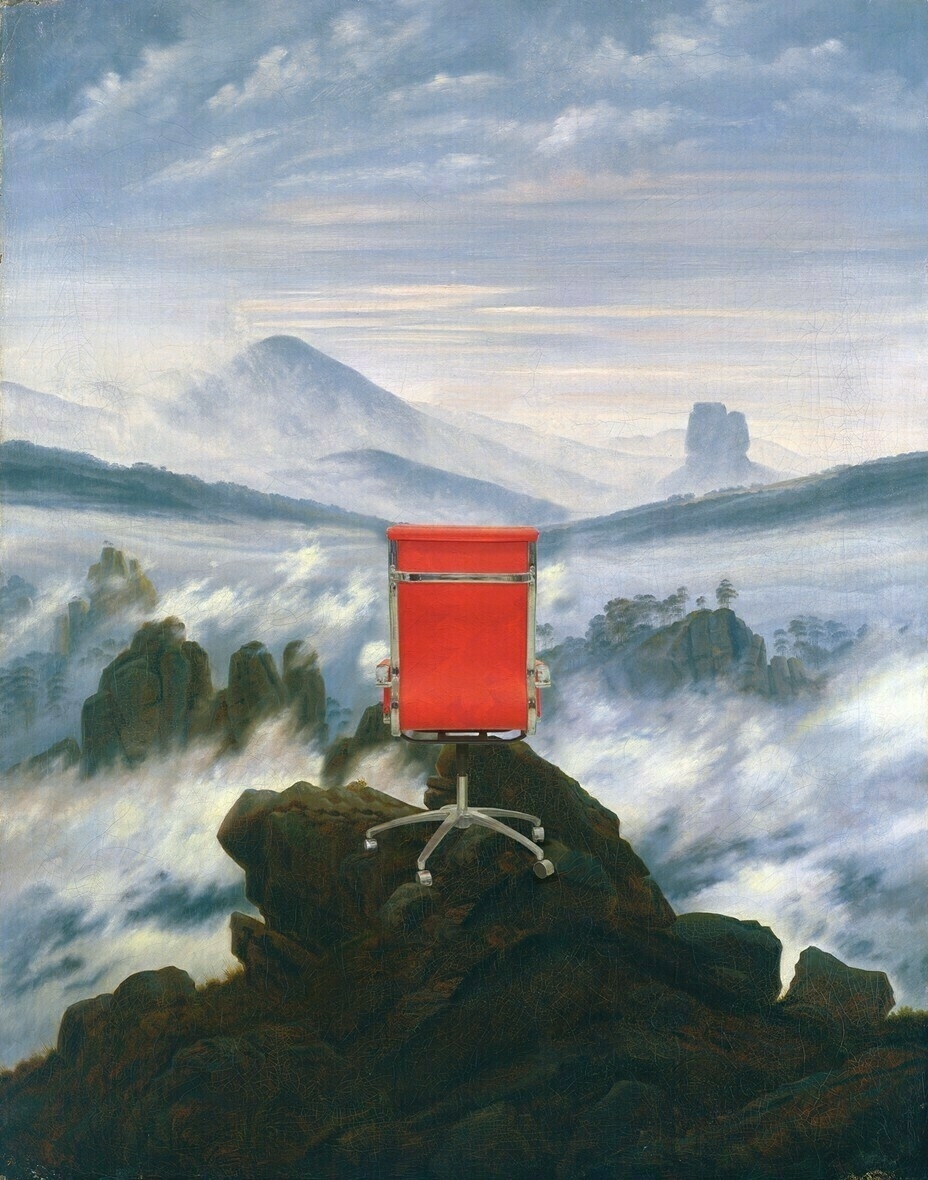Exploration pays long-term dividends for your career
This article focuses on the work of Dashun Wang, an economist at Northwestern University, who has looked at ‘hot streaks’ in the careers of regular people.
It comes down, apparently, to exploring areas and then exploiting them. I would translate that into British English as “pissing around with stuff that looks interesting until you find a use for it”.
The conventional wisdom is that hot streaks happen in our middle age. One famous analysis of scientists and inventors found that their ability to produce Nobel Prize–winning insights and landmark technological contributions peaks between the ages of 35 and 40. Another analysis of “age-genius curves” for jazz musicians found that musical productivity rises steadily until about the age of 40 and then declines sharply.Source: Hot Streaks in Your Career Don’t Happen by Accident | The AtlanticWang’s analysis—which used a broader measure of productivity for a much larger group of people—didn’t find anything special about the productivity of middle-aged people. Instead, hot streaks were equally likely to happen among young, mid-career, and late-career artists and scientists. Other theories fell flat too. Maybe, he thought, getting hot is a numbers game, and hot streaks happen when you produce the most work. Or maybe extremely successful work periods are all about focusing on one specific type of art or scientific discipline—as the 10,000-hours-of-practice rule popularized in Malcolm Gladwell’s book Outliers suggests. Or maybe hot streaks are more about who else we’re working with, and we’re most successful when we cozy up to superstars in our domain. But no explanation fit the data set.
Until this year. This summer, Wang and his co-authors published their first grand theory of the origin of hot streaks. It’s a complicated idea that comes down to three words: Explore, then exploit.
